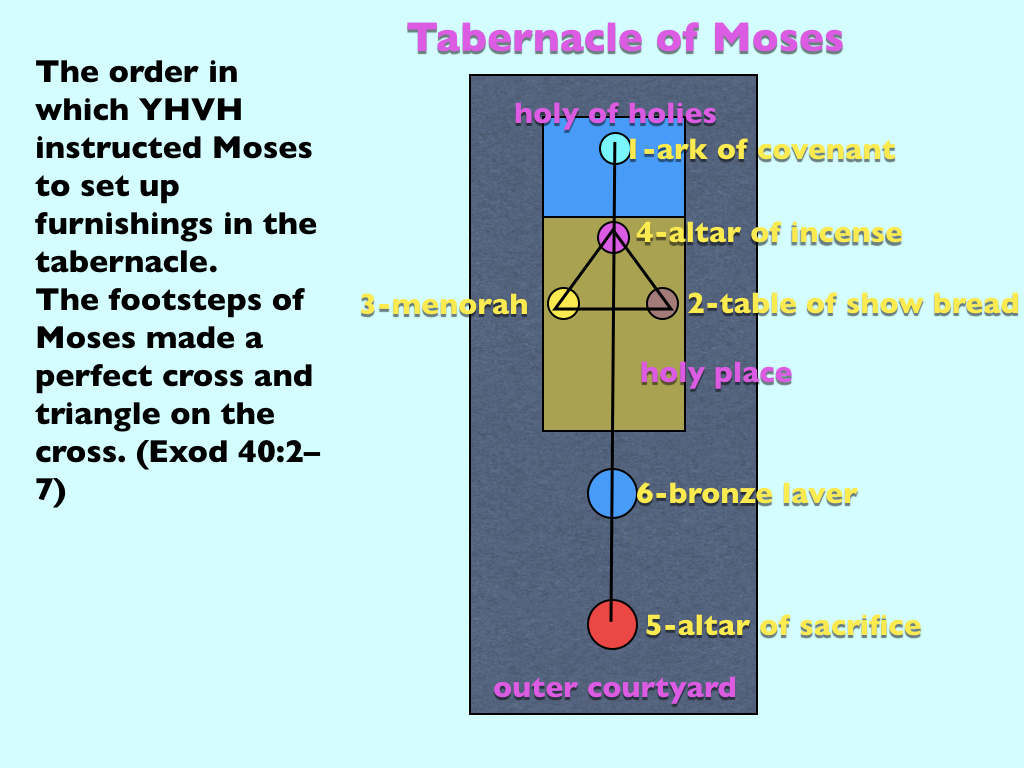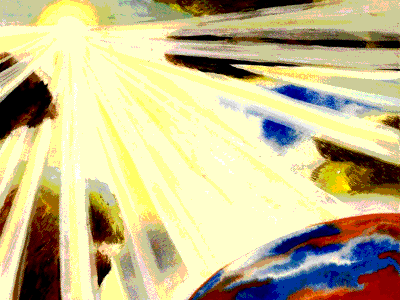Update from Natan: Here is an update on the article below that I wrote a few days ago. Since then, some interesting developments have occurred, which greatly confirm my conclusions below. It is this: What was purported to be abib/aviv barley was actually wheat. Yes. It was wheat, NOT barley.
What disturbs me greatly is that when the person who reported to have found abib barley in the land of Israel, he posted pictures of abib grain in his hand on the internet, and he represented it as being abib barley. Then when a couple of people pointed out the fact that what he was holding was not barley but was actually wheat, he admitted that it was wheat, but that it didn’t matter. He said it could have been corn or any other grain that had been abib and it didn’t matter if it was actually barley or not. What I’m asking myself???? Where is this in the Bible? Apparently, his reasoning is that since he found a small patch of some abib wheat, this is positive proof that the barley will come abib sometime in the next month in time for First Fruits Day, even though it’s not currently abib. Based on this false report, many people will be keeping the biblical feasts this year a whole month early!
After this, the same person then went on to publicly and viciously attack the other person who identified it as wheat and not barley. Yes! Instead of admitting that he had made a mistake in calling wheat barley, he attacked the other person calling them demonic, a deceiver, a tool of the devil, etc., etc. He then went on to give a bunch of unbiblical, man-made reasons why he was right…yet still no abib barley.
What’s the bottom line? Simply this. You can believe if you want that we’re in the first month of the new biblical year, but it’s based on a false report that the barley was abib when it was not. It seems that this individual is either an unrepentant deceiver, a false Bible teacher or a a very naive person who doesn’t know the difference between wheat and barley. He’s also not a very nice person in that he attacks people who respectfully disagree with him in a non-attacking manner. He’s not accountable to anyone and is a lone wolf, loose canon. As such, this person is not in a position to have people be looking to him to be determine when the new biblical year is to start based on the abib barley.

Alternate title: Was Abib/Aviv Barley Just Found in the Land of Israel?
We vote that the new biblical year will be in another month. A little further below, we’ll discus the reasons why.
But first, I want to bless all of my Christian and Jewish brothers and sisters who are actively participating in the process to help restore biblical truth. Both the prophet Malachi and Peter the apostle of Yeshua talked about this process. It’s helping to speed up the coming of the Messiah.
Remember the Torah-law of Moses, My servant, Which I commanded him in Horeb for all Israel, With the statutes and judgments. Behold, I will send you Elijah the prophet Before the coming of the great and dreadful day of YHVH. And he will turn The hearts of the fathers to the children, And the hearts of the children to their fathers, Lest I come and strike the earth with a curse. (Mal 4:4–6)
Repent therefore and be converted, that your sins may be blotted out, so that times of refreshing may come from the presence of the Lord, and that He may send Yeshua the Messiah, who was preached to you before, whom heaven must receive until the times of restoration of all things, which Elohim has spoken by the mouth of all His holy prophets since the world began. (Act 3:19–21)
Both of these passages are speaking about the same thing: a restoration of biblical truths, which have been forgotten or sublimated by the unbiblical traditions of men. Truth has suffered at the hands of religionists in both the Jewish and Christian camps. Many of YHVH’s people are beginning to awake from their spiritual slumber (Rev 3:3, realize that they’ve often been lied to (Jer 16:19), and now it’s time come out of spiritual Babylon (Rev 18:4).
But the restoration of truth is a process that takes time. Issues have to be worked through. Discoveries have to be made, truths uncovered and then tested to see if they really are truth. This process can messy and, at times, divisive.The restoration of truth is not for the faint of heart. Sadly, while this is occurring, charity in all things often gives way to the darker side of human nature: angry outbursts, offense, bitterness, attacks, gossip, slander and so on.
Most people will prefer to stay in the safe comfort zones of their religious traditions and denominations instead of stepping into the no-go zone between opposing camps—a veritable battlefield that is encircled with barbed wire, planted with land mines and rigged Continue reading →







